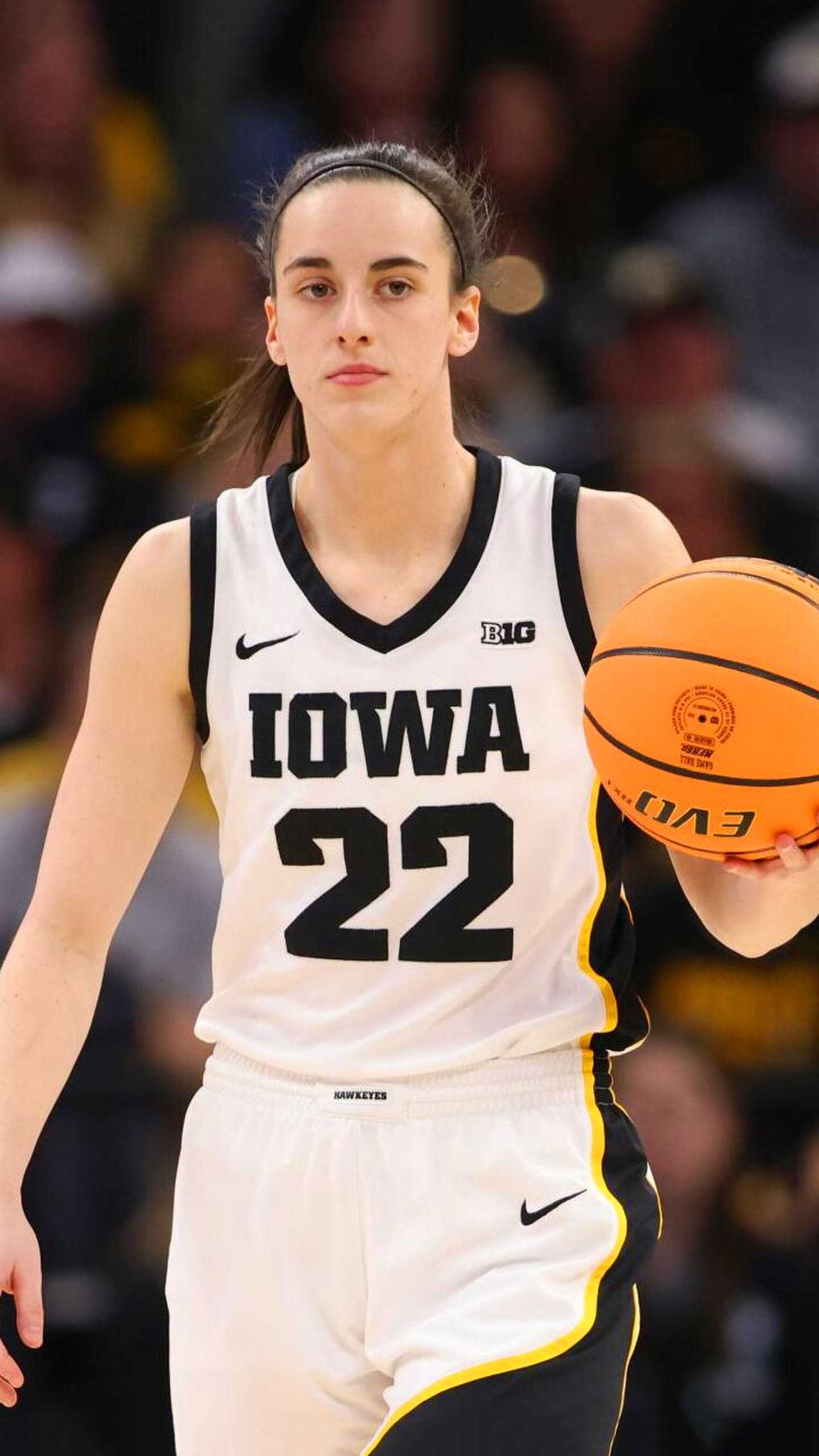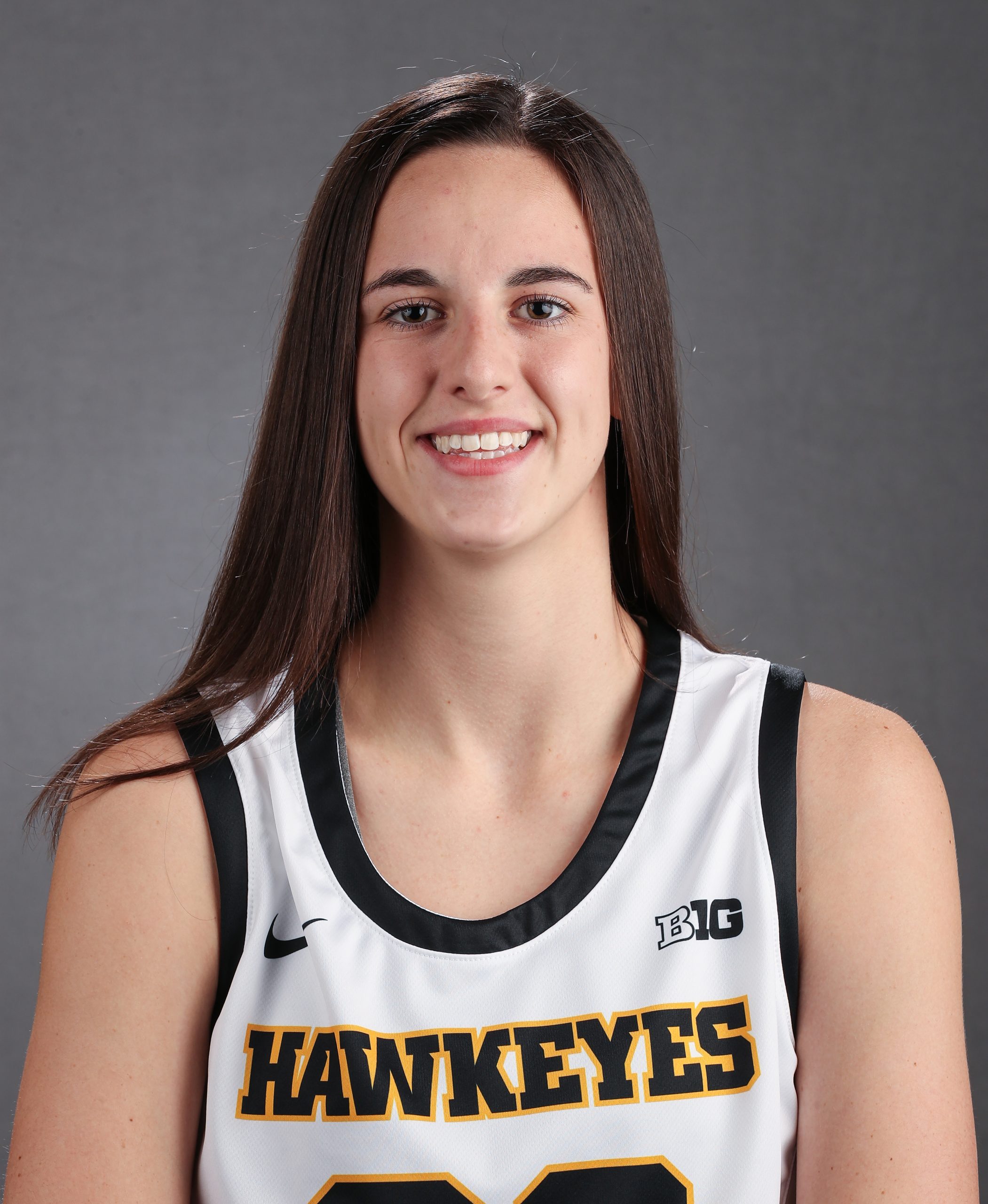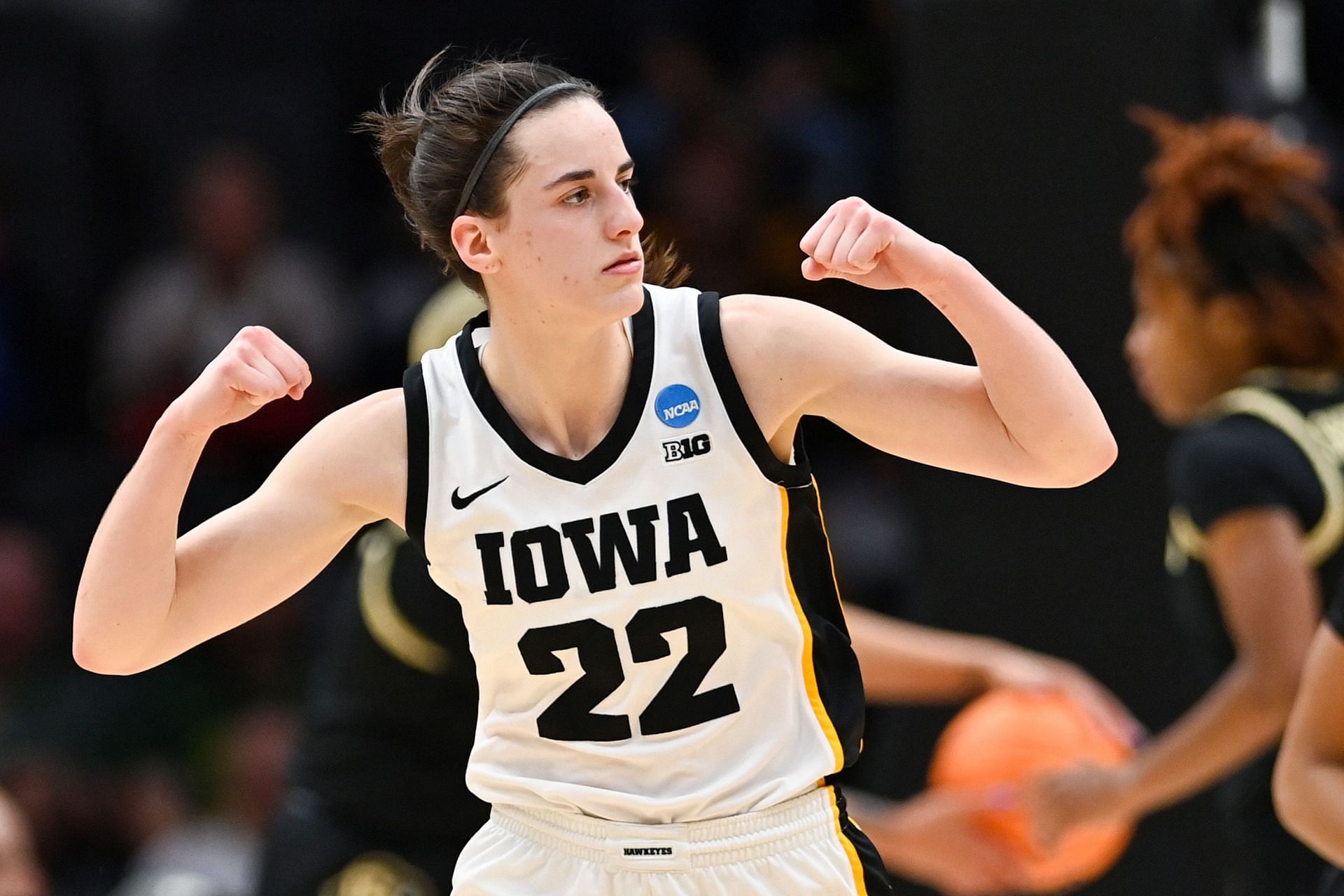Was Caitlin Clark Born A Female? Unveiling The Truth Behind The Question
Let’s cut to the chase here, folks. If you're searching for answers about Caitlin Clark and her gender identity, we’re diving deep into this topic with respect, facts, and a whole lot of honesty. Was Caitlin Clark born a female? Spoiler alert: Yes, she was. But let’s not stop there because there’s so much more to her story than just her biological identity.
Caitlin Clark is not just another name in the world of sports or pop culture; she’s a rising star who’s breaking barriers and setting records. As an athlete and a role model, she’s earned her place in the limelight. But like any public figure, her personal life often becomes a topic of discussion—or even debate. Today, we’re here to set the record straight, answer your questions, and provide some much-needed clarity.
Before we dive deeper, let’s make one thing crystal clear: Caitlin Clark is a cisgender woman. For those who might be unfamiliar with the term, it simply means that her gender identity matches her biological sex at birth. And no, we’re not here to speculate or gossip—we’re here to share the truth based on facts and respect. So buckle up, because we’re about to take you on a journey through Caitlin’s life, achievements, and why this question matters so much.
- Vincent Herbert Welcomes New Baby Unveiling The Bundle Of Joy
- The Definitive Guide To Exploring The Pristine Bubba Strait
Understanding Caitlin Clark: A Quick Bio
First things first, let’s get to know Caitlin Clark better. She’s not just an athlete; she’s a phenomenon. Born on June 27, 1999, in Mason City, Iowa, Caitlin grew up in a family that nurtured her love for basketball from a young age. By the time she was in high school, she was already making waves with her incredible skills on the court.
But Caitlin’s journey didn’t stop there. She went on to become one of the most decorated college basketball players in history, earning accolades like the Naismith Player of the Year and the Wooden Award. Her talent, work ethic, and leadership have made her a standout player in the NCAA and beyond.
Here’s a quick glance at her bio:
- Morgan Freemans Wife A Look Into His Personal Life
- Sebastian Maniscalco Uncovering His Staggering Net Worth
Caitlin Clark's Personal Data
| Full Name | Caitlin Clark |
|---|---|
| Date of Birth | June 27, 1999 |
| Place of Birth | Mason City, Iowa |
| Gender | Female |
| Height | 5'7" (170 cm) |
| Profession | Professional Basketball Player |
Why Does This Question Matter?
You might be wondering, “Why does it matter if Caitlin Clark was born a female?” Well, in today’s world, where conversations around gender identity are becoming more prominent, questions like this can spark curiosity—or even controversy. For some, it’s about understanding the nuances of gender and biology. For others, it’s about celebrating the diversity of human experience.
But here’s the thing: Caitlin Clark’s identity as a cisgender woman is just one part of her story. What truly defines her is her passion, determination, and the impact she’s making on and off the court. So while the question itself might seem straightforward, it opens up a broader conversation about how we perceive and discuss gender in sports and beyond.
Breaking Down the Science: What It Means to Be Born Female
Let’s get a little scientific here, folks. Being born female typically means having certain biological characteristics, such as XX chromosomes and reproductive anatomy associated with females. Caitlin Clark fits this description, and there’s no debate about it. But why does this matter in the context of sports?
Sports have long been divided into categories based on biological sex, with separate leagues and competitions for men and women. This division exists to ensure fairness and equal opportunities for all athletes. Caitlin’s success in women’s basketball is a testament to her skill and hard work, but it also highlights the importance of maintaining these distinctions.
Key Points to Remember
- Biological sex is determined at birth based on chromosomes and anatomy.
- Caitlin Clark was born female and identifies as a cisgender woman.
- The distinction between male and female athletes is crucial for maintaining fair competition.
Caitlin Clark’s Rise to Fame: How She Made History
Now that we’ve addressed the question at hand, let’s talk about Caitlin’s incredible journey. Her rise to fame wasn’t just about talent; it was about perseverance, dedication, and a relentless drive to succeed. From her early days in Mason City to her breakout performances in college basketball, Caitlin has consistently pushed the boundaries of what’s possible.
One of her most notable achievements came during her time at the University of Iowa, where she shattered records and became the first player in NCAA history to score 2,000 points, grab 700 rebounds, and dish out 700 assists in their career. But it’s not just her stats that make her special—it’s the way she inspires others to dream big and work hard.
Her Biggest Achievements
- Naismith Player of the Year (2021, 2022)
- Wooden Award Winner (2021, 2022)
- Three-Time First-Team All-American
- Big Ten Player of the Year (2021, 2022)
The Importance of Gender Identity in Sports
As we’ve discussed, Caitlin Clark’s gender identity is a topic that intersects with larger conversations about gender and sports. In recent years, there’s been a growing awareness of the challenges faced by transgender and non-binary athletes, who often find themselves caught in the middle of debates about fairness and inclusion.
But Caitlin’s story serves as a reminder that gender identity is just one piece of the puzzle. What truly matters is how athletes are treated with respect and given equal opportunities to compete at the highest level. Whether you’re cisgender or transgender, your talent and hard work should be the defining factors in your success.
Key Statistics on Gender in Sports
- According to the Women’s Sports Foundation, women’s sports receive only 4% of total sports media coverage.
- A study by the Tucker Center for Research on Girls & Women in Sport found that female athletes face significant barriers in terms of funding, visibility, and recognition.
- The inclusion of transgender athletes in sports remains a contentious issue, with ongoing discussions about how to create fair and inclusive environments for all.
What the Experts Say
When it comes to questions about gender identity and sports, it’s always a good idea to consult the experts. Organizations like the International Olympic Committee (IOC) and the NCAA have established guidelines to ensure fair competition while respecting the rights of all athletes.
For example, the IOC allows transgender women to compete in women’s sports if their testosterone levels are below a certain threshold. Similarly, the NCAA has implemented policies to support transgender athletes while maintaining competitive integrity.
Expert Opinions
- Dr. Joanna Harper, a leading researcher on transgender athletes, emphasizes the importance of balancing fairness and inclusion in sports.
- The NCAA’s guidelines on transgender inclusion have been praised for their commitment to creating equitable opportunities for all athletes.
Why Caitlin Clark Inspires Us All
At the end of the day, Caitlin Clark’s story is about much more than just her gender identity. She’s an inspiration to countless young athletes who dream of making it big in the world of sports. Her journey reminds us that success isn’t just about talent—it’s about heart, grit, and the ability to overcome obstacles.
Whether you’re a basketball fan or simply someone who appreciates hard work and determination, Caitlin’s story has something to offer. She’s proof that with the right mindset and support, anything is possible.
Lessons We Can Learn from Caitlin
- Never underestimate the power of persistence and hard work.
- Believe in yourself, even when the odds seem stacked against you.
- Use your platform to inspire and uplift others.
The Future of Gender in Sports
As we look to the future, it’s clear that the conversation around gender and sports will continue to evolve. With more athletes speaking out about their experiences and advocating for change, we’re moving toward a world where everyone has the opportunity to compete and thrive.
But it’s not just about policy changes or guidelines; it’s about creating a culture of respect and inclusion that extends beyond the playing field. By celebrating athletes like Caitlin Clark and supporting those who challenge the status quo, we can build a brighter future for all.
Looking Ahead
- Advancements in sports science and technology will help us better understand the complexities of gender and performance.
- Increased visibility for female and transgender athletes will help break down barriers and promote equality.
Conclusion: Celebrating Caitlin Clark’s Legacy
So there you have it, folks. Caitlin Clark was indeed born a female, and she’s making waves in the world of sports and beyond. Her story is a testament to the power of determination, talent, and resilience. But more than that, it’s a reminder that we all have a role to play in creating a more inclusive and equitable world.
As you’ve read through this article, we hope you’ve gained a deeper understanding of Caitlin’s journey and the broader issues surrounding gender in sports. Now it’s your turn to take action. Share this article with your friends, leave a comment with your thoughts, and keep the conversation going. Together, we can make a difference.
Table of Contents
- Understanding Caitlin Clark: A Quick Bio
- Why Does This Question Matter?
- Breaking Down the Science: What It Means to Be Born Female
- Caitlin Clark’s Rise to Fame: How She Made History
- The Importance of Gender Identity in Sports
- What the Experts Say
- Why Caitlin Clark Inspires Us All
- The Future of Gender in Sports
- Conclusion: Celebrating Caitlin Clark’s Legacy
- Jonathan Owens Nfl Player Making Waves On And Off The Field
- The Latest Breaking News About Kendrick Lamar

Caitlin Clark Wallpaper iXpap

Caitlin Clark Biography Wikipedia Cyndi Mirabel

Caitlin Clark 2024 Dec Flora Jewelle